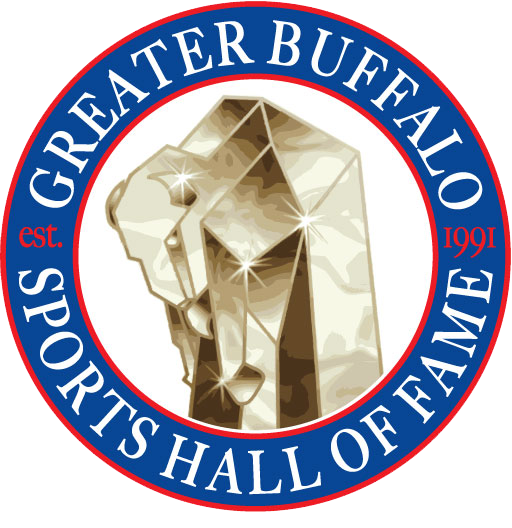Paul Carr

Professional Boxer
During the Roaring 1920s, Buffalo was a rip roaring fight town with several professional fight clubs and a small army of good, tough boxers. Many of the best fighters of that era owed their success to Paul “Red” Carr. Red grew up in the fight game. As a boy hanging around Allie Smith’s Gym on South Division Street, he carried water buckets, worked in the corners, and cut gloves off fighters. He dreamed of becoming a fighter himself, but before he could pursue his own career World War I broke out and Red was shipped off to France with the 108th Engineers. In France, Red boxed in American Expeditionary Force Shows and later ran the boxing program at embarkation camp near Marseille.
After the war, Red opened a newsstand in Buffalo and trained and boxed on the side until he fought a draw one night with Harry Boyle, a tough lightweight from Philadelphia. Afterwards, Red decided to hand up his gloves and become a manager. The first two fighters in his stable were Jimmy Goodrich and John Paske, a middleweight who could hit like a mule. Before long, Goodrich and Paske were fighting at major arenas and Red was on his way to becoming Buffalo’s greatest fight manager. During his career, Red managed Harry Cook, Willie Cunningham, Joe Hall, Willie Lavin, Benny Ross, Jimmy Slattery, Paul Mahoney, and “Big Boy” Brackey who fought Primo Carnera and Buddy Baer; the best fighters from Buffalo’s golden era of boxing, His greatest proteges were Goodrich, who became lightweight champ in 1925, and Jimmy Slattery who won the light heavyweight crown from Maxie Rosenbloom in 1927. Slattery would lose the title after only 104 days, but under Red’s guidance, he won it again in 1930. Today, he is considered one of the great light heavyweights of all time. As a manager, Red was tough but fair. He was a no nonsense pro who used his own ring experience to produce two world champions and a long list of other outstanding boxers. In the summer of 1994, Red, who has six grandchildren and four great-grandchildren, turned 100, but age barely slowed him down. He drove a car until he was 98, and he still took a walk around the neighborhood every day.

